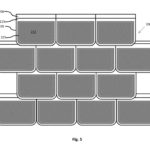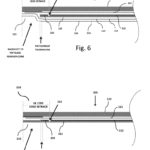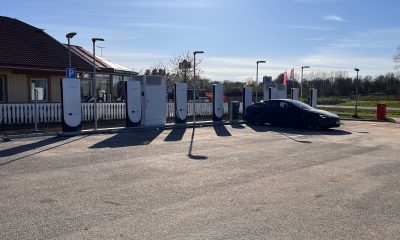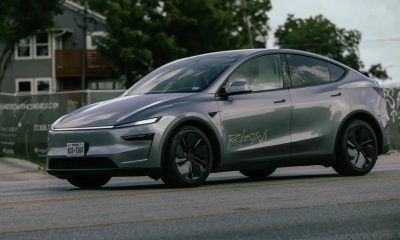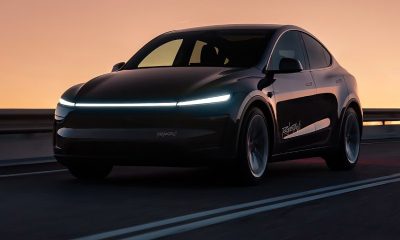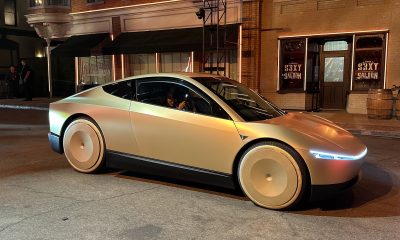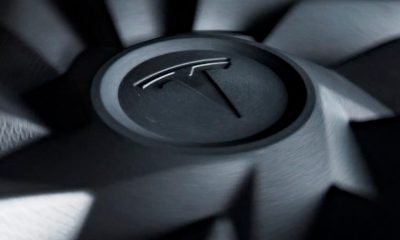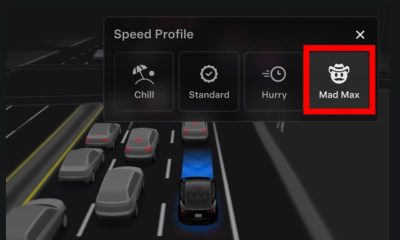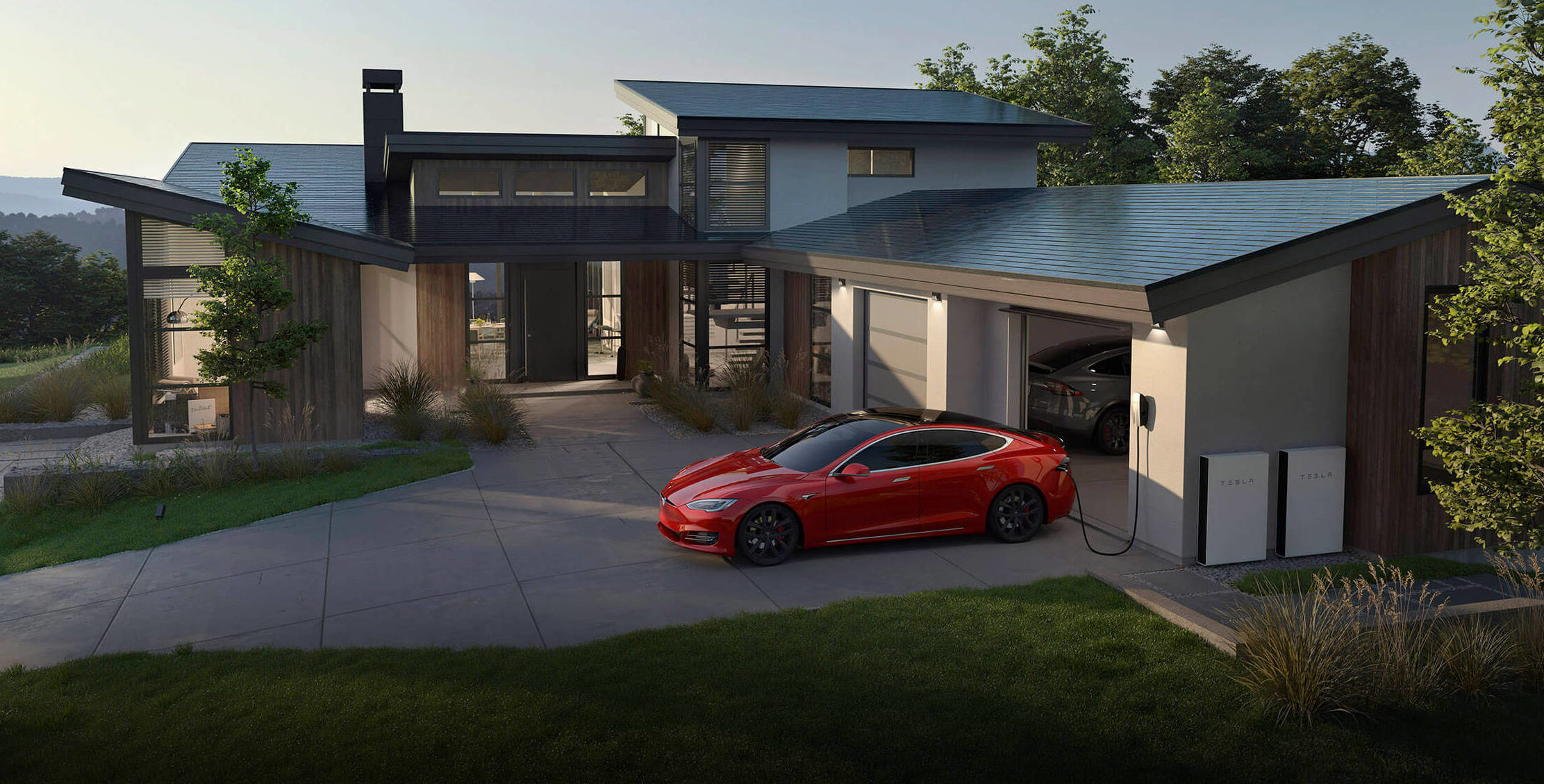
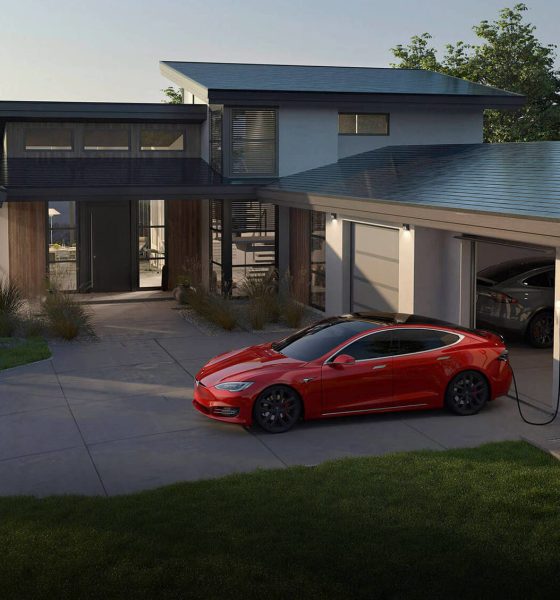
Energy
Tesla patent hints at system that makes Solar Roof tiles look even better
While Tesla’s Solar Roof tiles are already being installed on the homes of first customers in the United States, the shingles themselves are still in initial production. Unveiled back in October 2016, the Solar Roof tiles are expected hit larger production volumes this year. As the company heads into yet another ramp of a potentially disruptive product, though, Tesla appears to be working on some improvements on the tiles’ design as well.
As noted in a recently published patent application, Tesla is developing a system that would allow the company to improve the aesthetics of the solar shingles even further. In the patent application’s description, Tesla noted that integrated photovoltaic (BIPV) roofing systems such as the Solar Roof tiles are becoming more popular in the residential solar market, thanks to their benefits in both function and design. That said, while BIPV systems present an excellent solution for design-conscious customers, the system itself faces some challenges — the most notable of which is visual uniformity.
Tesla notes that in prior art BIPV roofing systems, the active solar portions of a roofing module end up being visibly different in appearance compared to inactive parts of the roof. The company notes that this contrast in appearance can get so pronounced that it becomes easy to spot which tiles are active and which are inactive from road level. Tesla notes that even in the design of the shingles themselves, it is quite easy to determine which parts of the tiles are active and which ones are not.
“This problem of visual mismatch, however, is not limited to BIPV versus non-BIPV sections of the roof. Even within a single roof tile and/or BIPV roofing module, the solar cells or active solar regions are clearly distinguishable from the other surrounding materials. This is due in part to edge setback constraints that impose a fixed, non-active edge border around active solar portions of solar roof tiles or BIPV roofing modules. Therefore, there exists a need for a solar roof tile or BIPV roofing module that ameliorates deficiencies of prior art BIPV roofing systems,” Tesla wrote.
- Tesla’s solar shingle design outlined in its recent patent application. (Photo: US Patent Office)
- Tesla’s solar shingle design outlined in its recent patent application. (Photo: US Patent Office)
The design of Tesla’s solar shingles outlined in its recent patent application. (Photo: US Patent Office)
Tesla explains this design issue for BIPV roofing systems more extensively in the section below.
“In either tile 105 of FIG. 2 or tile 106 of FIG. 3, the lack of active thin-film material within the edge setback results in a relatively large, e.g. ˜16 mm, visible border around the outside of active area 112 that is noticeable not only when viewed up close, but even at street level distances from a roof surface. This result can be seen in the extended partial array 100 of FIG. 4. The relatively large percentage of tile surface area of the edge setback that is devoid of thin-film material creates a sharply contrasting two-color/two-tone pattern between the area surrounding the active area of thin-film photovoltaic material and the active area of thin-film photovoltaic material. In embodiments, techniques are used to provide aesthetic uniformity such as depositing colored material on the underside of top glass 110 prior to lamination to conceal active area 112 beneath. This approach, however, may result in a reduction in energy collection because these extra materials may block photons from reaching active area 112.”
Tesla’s solution for this aesthetic challenge — which uses an inactive area of thin-film photovoltaic material that surrounds a solar shingles’ active area — is simple and clever. Tesla describes its design in the section below.
“As shown, the tiles 205 include a substantially rectangular active 212 surrounded by a substantially rectangular board of an inactive area 225. In embodiments, the inactive area may completely surround the active area or may only be present on one, two or three sides of the active area. As shown in FIG. 5, the tiles 205 create a more uniform look and, when viewed at distances, such as in shown in FIG. 8, adhesion area 215 blends into the natural seams between adjacent tiles or between active areas 212 of adjacent tile sections. The visible material difference has been attenuated by the use of non-active thin-film material within a portion of the setback region allowing for a smaller adhesion zone.”
Tesla’s recent patent application would be particularly useful for the other Solar Roof variants planned by the company. So far, social media posts from Solar Roof owners show homes fitted with the company’s Textured tiles, whose design inherently bypasses the uniformity issues described in the patent application. As for other Solar Roof variants like Smooth and Tuscan, though, the recent application’s innovations would certainly be beneficial.
Tesla’s Solar Roof tiles are being produced at Gigafactory 2 in Buffalo, NY. Over the years, the facility has largely evaded attention, particularly as Tesla’s energy business was mostly overshadowed by the company’s ramp for the Model 3. Last year, though, Tesla opened the doors of Gigafactory 2 to the media, providing a glimpse of what is in store for the company’s residential solar business. While Tesla did not provide specifics on the facility’s current output, the electric car and energy company did state that Gigafactory 2 is operating 24/7, and that the long waiting list for the Solar Roof tiles would likely keep the entire facility busy for years.
Energy
Tesla VP hints at Solar Roof comeback with Giga New York push
The comments hint at possible renewed life for the Solar Roof program, which has seen years of slow growth since its 2016 unveiling.

Tesla’s long-awaited and way underrated Solar Roof may finally be getting its moment. During the company’s Q3 2025 earnings call, Vice President of Energy Engineering Michael Snyder revealed that production of a new residential solar panel has started at Tesla’s Buffalo, New York facility, with shipments to customers beginning in the first quarter of 2026.
The comments hint at possible renewed life for the Solar Roof program, which has seen years of slow growth since its 2016 unveiling.
Tesla Energy’s strong demand
Responding to an investor question about Tesla’s energy backlog, Snyder said demand for Megapack and Powerwall continues to be “really strong” into next year. He also noted positive customer feedback for the company’s new Megablock product, which is expected to start shipping from Houston in 2026.
“We’re seeing remarkable growth in the demand for AI and data center applications as hyperscalers and utilities have seen the versatility of the Megapack product. It increases reliability and relieves grid constraints,” he said.
Snyder also highlighted a “surge in residential solar demand in the US,” attributing the spike to recent policy changes that incentivize home installations. Tesla expects this trend to continue into 2026, helped by the rollout of a new solar lease product that makes adoption more affordable for homeowners.
Possible Solar Roof revival?
Perhaps the most intriguing part of Snyder’s remarks, however, was Tesla’s move to begin production of its “residential solar panel” in Buffalo, New York. He described the new panels as having “industry-leading aesthetics” and shape performance, language Tesla has used to market its Solar Roof tiles in the past.
“We also began production of our Tesla residential solar panel in our Buffalo factory, and we will be shipping that to customers starting Q1. The panel has industry-leading aesthetics and shape performance and demonstrates our continued commitment to US manufacturing,” Snyder said during the Q3 2025 earnings call.
Snyder did not explicitly name the product, though his reference to aesthetics has fueled speculation that Tesla may finally be preparing a large-scale and serious rollout of its Solar Roof line.
Originally unveiled in 2016, the Solar Roof was intended to transform rooftops into clean energy generators without compromising on design. However, despite early enthusiasm, production and installation volumes have remained limited for years. In 2023, a report from Wood Mackenzie claimed that there were only 3,000 operational Solar Roof installations across the United States at the time, far below forecasts. In response, the official Tesla Energy account on X stated that the report was “incorrect by a large margin.”
Energy
Tesla China’s Megafactory helps boost Shanghai’s battery exports by 20%: report
Located in the Lingang New Area of the Shanghai Free Trade Zone, the Tesla Megafactory has been running at full throttle since opening in February.
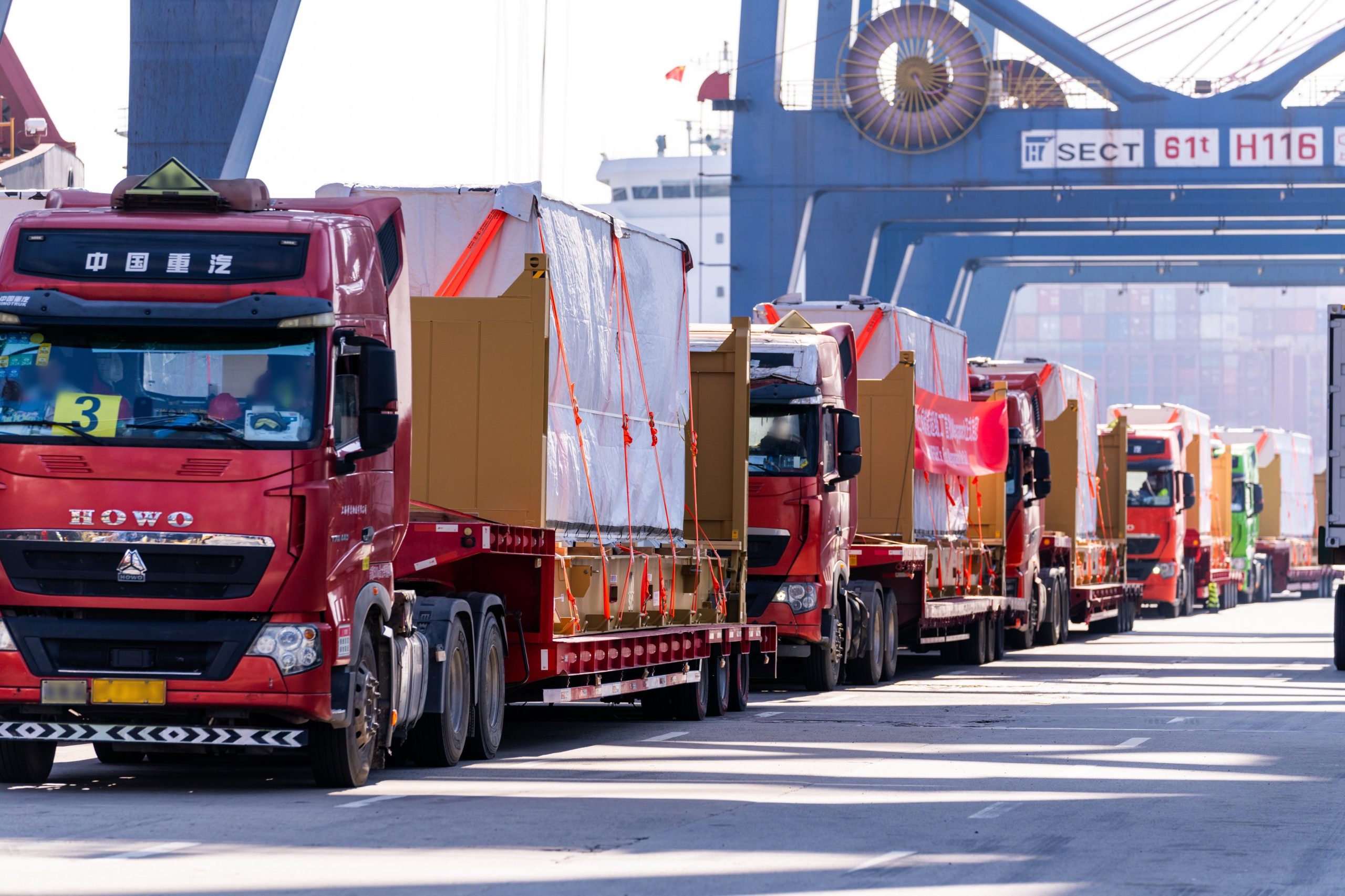
Reports from China have indicated that the Tesla Shanghai Megafactory has become a notable player in China’s booming battery export market.
Located in the Lingang New Area of the Shanghai Free Trade Zone, the Tesla Megafactory has been running at full throttle since opening in February. It produces Tesla Megapack batteries for domestic and international use.
Tesla Shanghai Megafactory
As noted in a report from Sina Finance, the Tesla Shanghai Megafactory’s output of Megapack batteries helped drive a notable rise in lithium battery shipments from the city in the first three quarters of 2025. This is quite impressive as the Megafactory is a rather young facility, though it has been steadily increasing its production capacity.
“The establishment of this benchmark factory has not only driven the rapid development of Shanghai’s energy storage industry but also become a new growth engine for foreign trade exports. Driven by the Tesla energy storage factory’s opening, Shanghai’s lithium battery exports reached 32.15 billion yuan ($4.5 billion) in the first three quarters, a 20.7% increase,” the publication wrote.
Ultimately, the Shanghai Megafactory has proved helpful to the city’s “new three” industries, which are comprised of new energy vehicles, lithium batteries, and photovoltaic systems. Exports of the “new three” products reached 112.17 billion yuan ($15.7 billion), a 6.3% year-over-year increase during the same period. The city’s total trade volume grew 5.4% year-over-year as well, with exports up 11.3%, driven largely by the clean energy sector’s performance.
Energy storage is helping Shanghai
Since opening in February, the Shanghai Megafactory has been firing on all cylinders. In late July, Tesla Energy announced that the new battery factory has successfully produced its 1,000th Megapack unit. That’s quite impressive for a facility that, at the time, had only been operational for less than six months.
Speed has always been a trademark of the Shanghai Megafactory. Similar to Tesla’s other key facilities in China, the Megafactory was constructed quickly. The facility started its construction on May 23, 2024. Less than a year later, the site officially started producing Megapack batteries. By late March 2025, Tesla China noted that it had shipped the first batch of Megapack batteries from the Shanghai plant to foreign markets.
Energy
Tesla recalls Powerwall 2 units in Australia
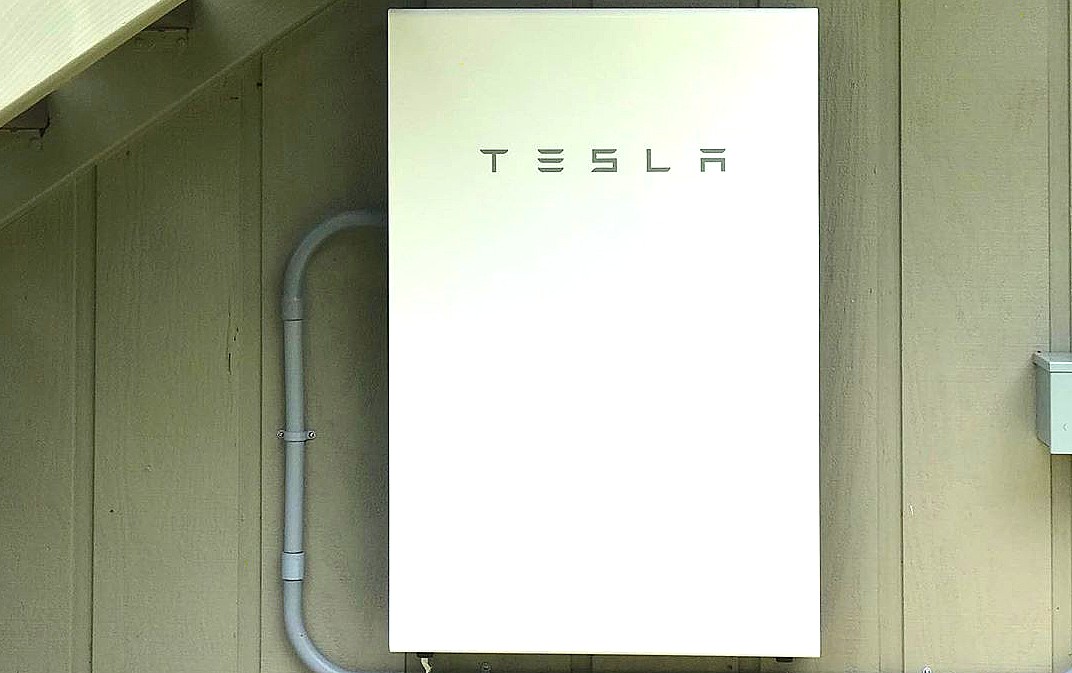
Tesla will recall Powerwall 2 units in Australia after a handful of property owners reported fires that caused “minor property damage.” The fires were attributed to cells used by Tesla in the Powerwall 2.
Tesla Powerwall is a battery storage unit that retains energy from solar panels and is used by homeowners and businesses to maintain power in the event of an outage. It also helps alleviate the need to rely on the grid, which can help stabilize power locally.
Powerwall owners can also enroll in the Virtual Power Plant (VPP) program, which allows them to sell energy back to the grid, helping to reduce energy bills. Tesla revealed last year that over 100,000 Powerwalls were participating in the program.
Tesla announces 100k Powerwalls are participating in Virtual Power Plants
The Australia Competition and Consumer Commission said in a filing that it received several reports from owners of fires that led to minor damage. The Australian government agency did not disclose the number of units impacted by the recall.
The issue is related to the cells, which Tesla sources from a third-party company.
Anyone whose Powerwall 2 unit is impacted by the recall will be notified through the Tesla app, the company said.
-

 Elon Musk2 weeks ago
Elon Musk2 weeks agoSpaceX posts Starship booster feat that’s so nutty, it doesn’t even look real
-

 Elon Musk2 weeks ago
Elon Musk2 weeks agoTesla Full Self-Driving gets an offer to be insured for ‘almost free’
-

 News2 weeks ago
News2 weeks agoElon Musk confirms Tesla FSD V14.2 will see widespread rollout
-

 News2 weeks ago
News2 weeks agoTesla is adding an interesting feature to its centerscreen in a coming update
-

 News2 weeks ago
News2 weeks agoTesla launches new interior option for Model Y
-

 News2 weeks ago
News2 weeks agoTesla widens rollout of new Full Self-Driving suite to more owners
-

 Elon Musk2 weeks ago
Elon Musk2 weeks agoTesla CEO Elon Musk’s $1 trillion pay package hits first adversity from proxy firm
-

 News1 week ago
News1 week agoTesla might be doing away with a long-included feature with its vehicles

